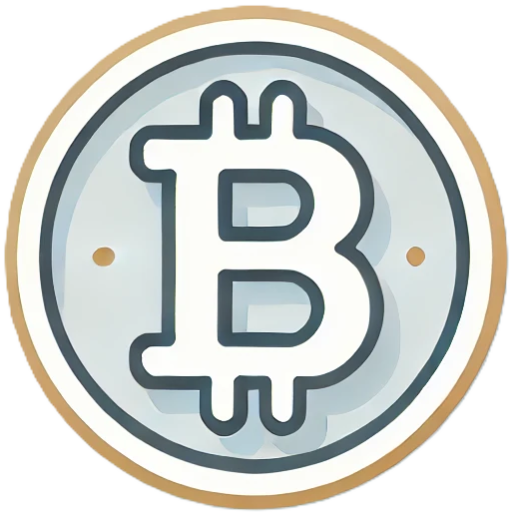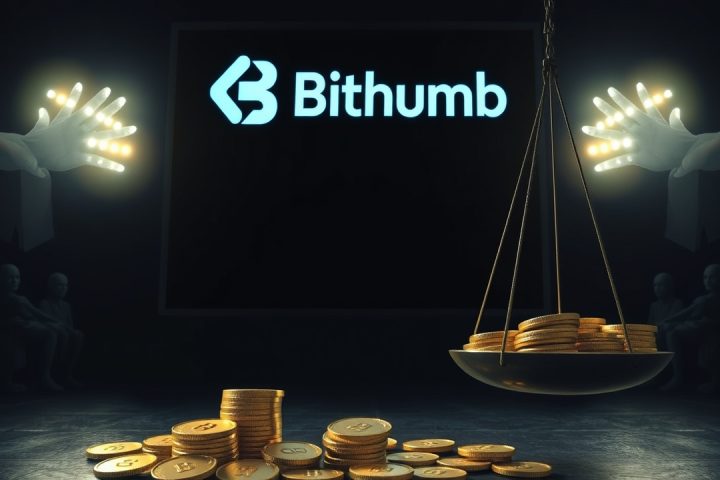Current State of the Bitcoin Ecosystem
Ray.bit, an enthusiastic supporter of Bitcoin and well-versed in its technical nuances, recently expressed his observations on social media regarding the current state of the Bitcoin ecosystem. Since the rise of Runes, a once-prominent aspect of the Bitcoin landscape, there has been a noticeable decline, leading to dwindling interest.
The transaction gas fees have drastically decreased, plummeting from nearly 3,000 to just 1, with even the memory pool seeing significant reductions. In stark contrast to its past vibrancy, projects related to $ordi, $sats, $rats, $dog, and $pizza have faded from the spotlight due to a lack of programmability, making decentralized finance (DeFi) unattainable and leaving tokens without compelling narratives.
Potential for Recovery
Despite these challenges, the future may not be as bleak as it seems. The advent of proposals such as OP_CAT, BRC 2.0, and Runes 2.0 could potentially restore the Bitcoin ecosystem’s former glory. Currently, the lack of programmability is attributed to Satoshi Nakamoto’s initial closure of OP_CAT.
“Discussions have reignited around reintroducing OP_CAT, which could facilitate a closer integration of Bitcoin with the DeFi capabilities seen in the Ethereum ecosystem.”
If successful, a significant portion of Bitcoin’s $2 trillion could flow into a robust, decentralized DeFi platform, addressing liquidity issues in the Bitcoin Token chain.
Key Developments and Support
Key figures in the development of OP_CAT include Ethan Heilman and Armin Sabouri, who have formally proposed it through BIP 347. Olaoluwa Osuntokun from Lightning Labs has been instrumental in assigning the BIP number to OP_CAT, reinforcing its potential in the ecosystem. Backing for OP_CAT has also come from Udi Eric Wall and other notable developers.
Financial support and research initiatives, like those spearheaded by StarkWare and Blockstream, have been directed towards ensuring OP_CAT can be implemented securely and effectively on the Bitcoin network.
Emerging Projects and Innovations
Additionally, innovative projects such as Fractal have emerged, utilizing Bitcoin Core to enhance scalability and allow for OP_CAT development. This could unlock vast opportunities for developers and facilitate the expansion of Bitcoin’s processing capabilities, potentially increasing it by up to 40 times its current limit.
The introduction of OP_CAT-based solutions like WBTC could contribute significantly to on-chain liquidity and forge a path into the DeFi realm.
The BRC20 token, initially a simple coin issuance protocol, has also made strides towards resurgence under the upgrade titled BRC 2.0, which significantly enhances its programmability. Prominent players like Best in Slot and OKX have aligned with this revitalization, showing strong commitment to the Bitcoin ecosystem’s development.
Challenges with Runes
The unfolding narrative around Runes highlights similar themes, as the community grappled with the implications of a non-programmable framework. The project’s founder’s decision to allow unrestrained development led to initial hiccups, like the liquidity issues witnessed with the $DOG token, pushing some developers to explore cross-chain possibilities.
However, there remains hope for Runes through the proposed Runes 2.0, which, if implemented, could enhance programmability and address the ecosystem’s needs.
Conclusion
In conclusion, while the Bitcoin ecosystem currently faces numerous obstacles, the emergence of strategic developments and proposals offers a glimpse of a robust future. As community leaders and developers push for innovations, there’s potential for Bitcoin to not only recover but to thrive with renewed narrative and functionality.

















